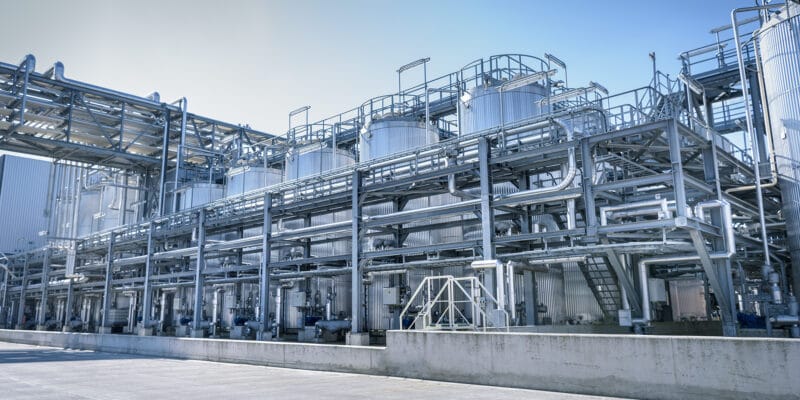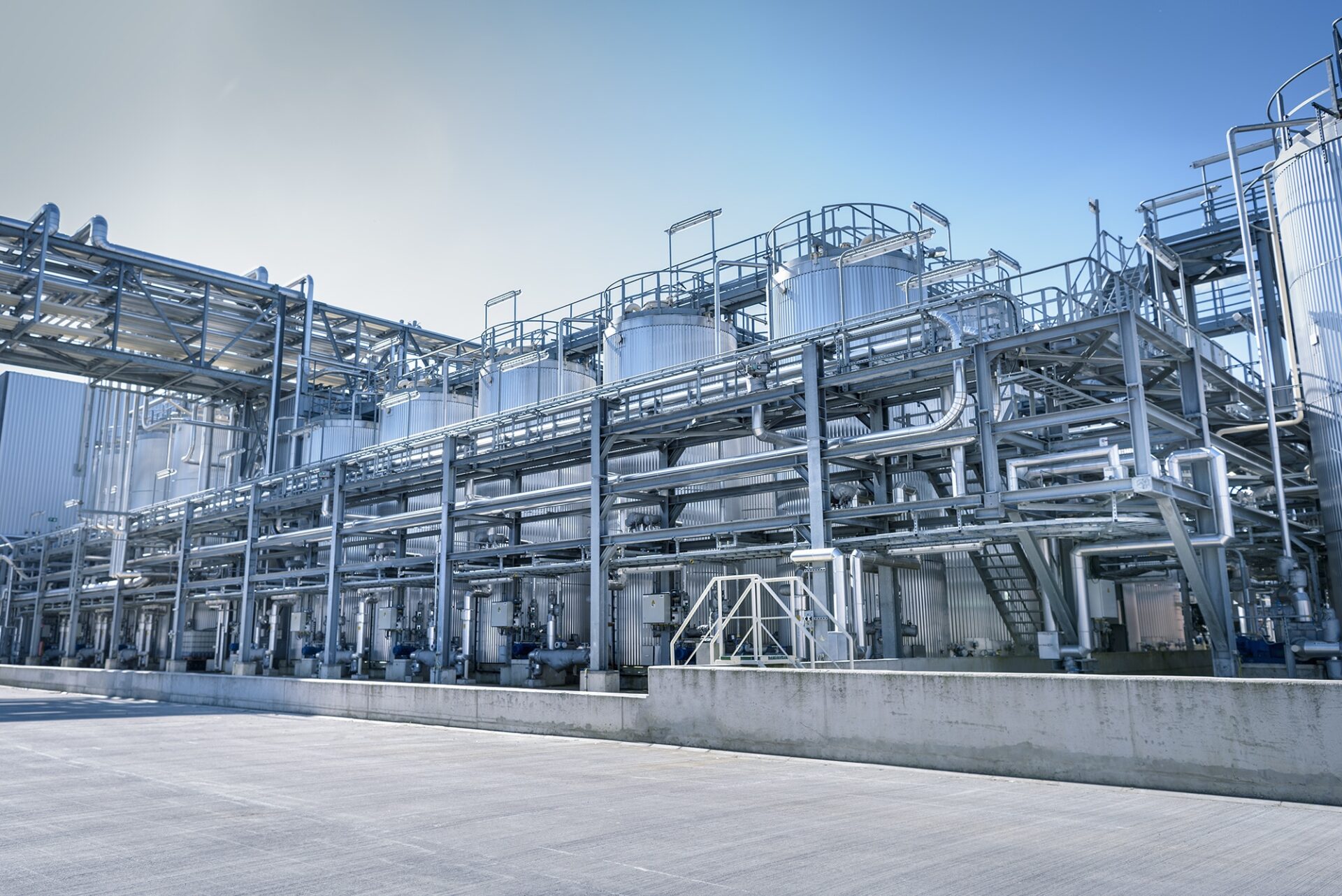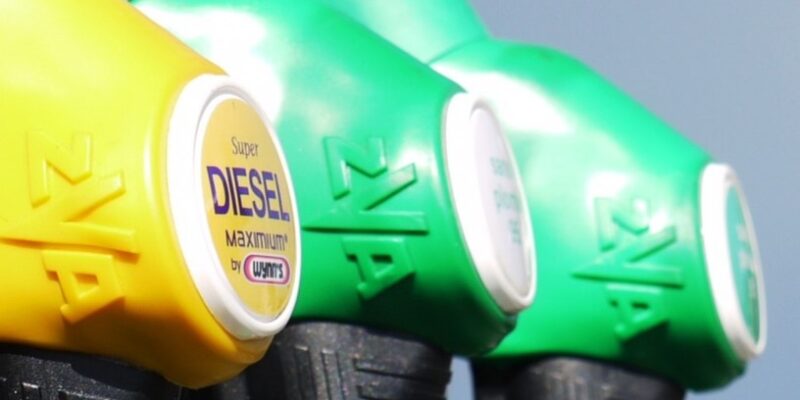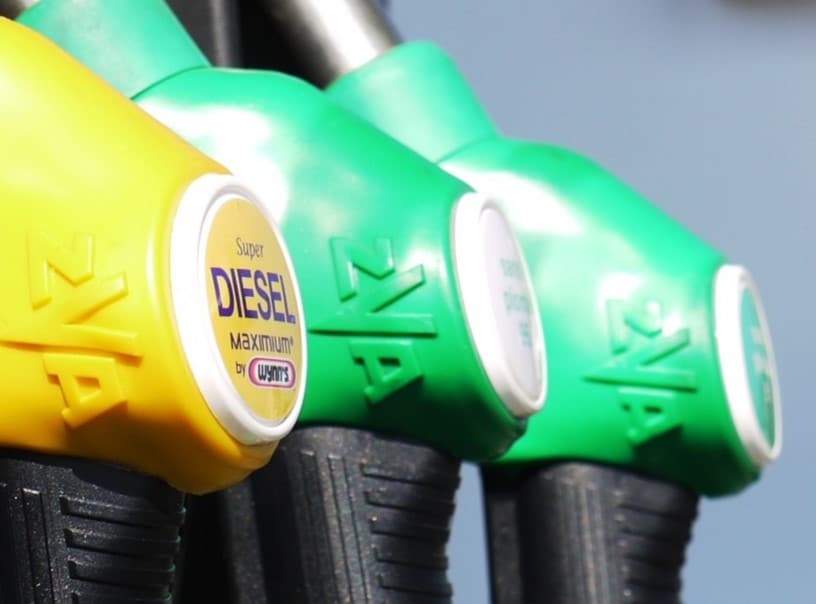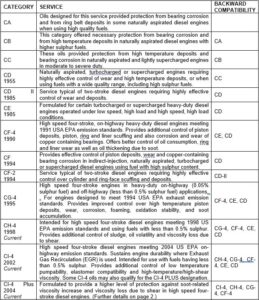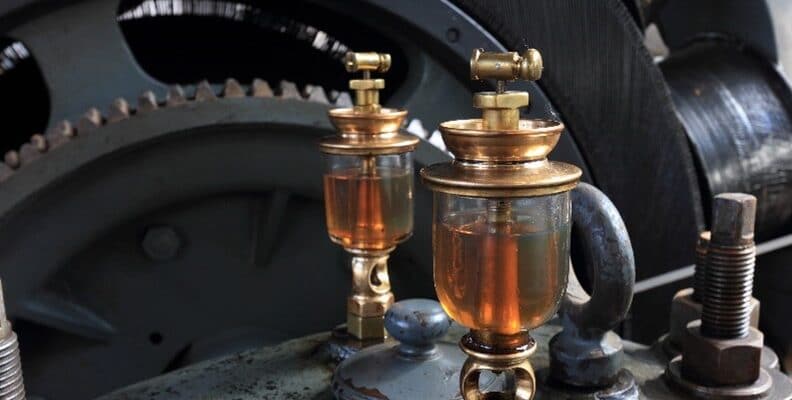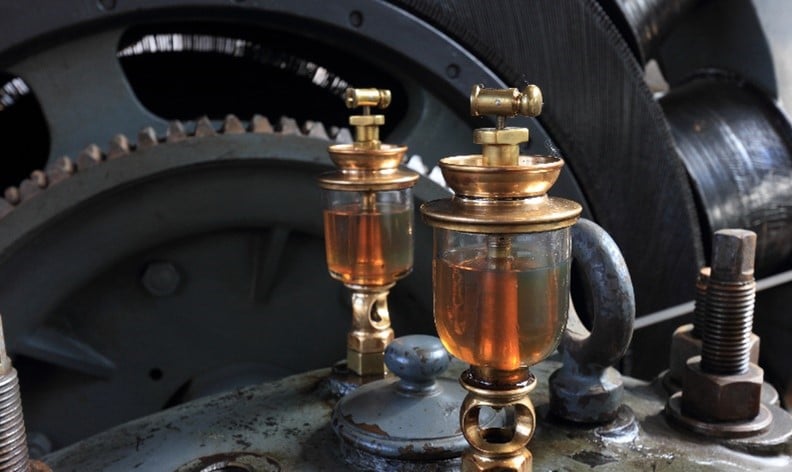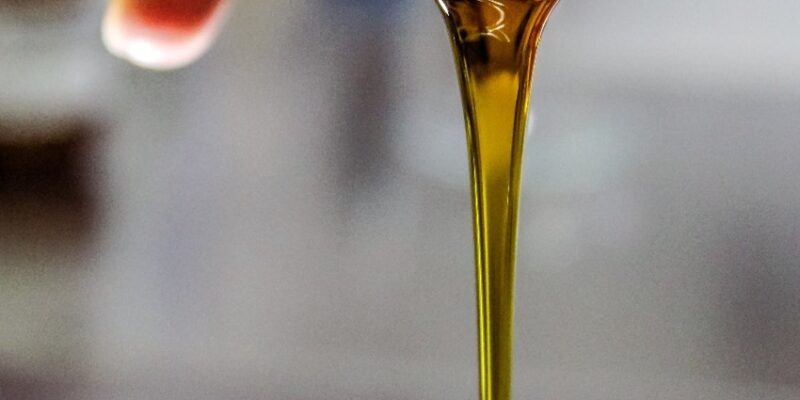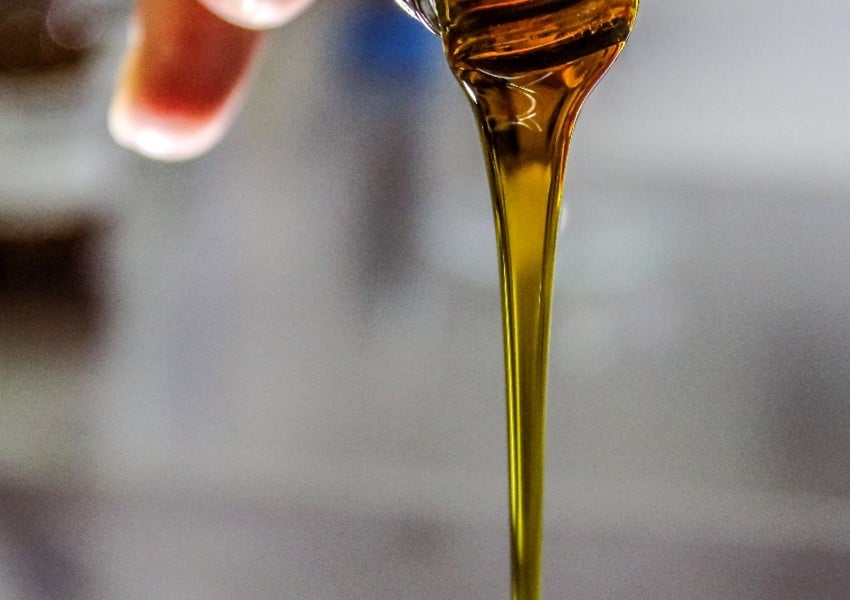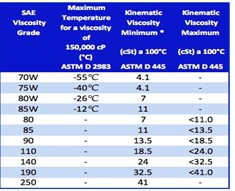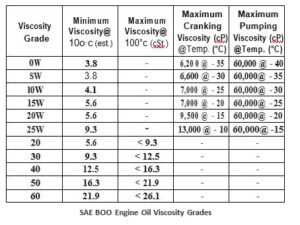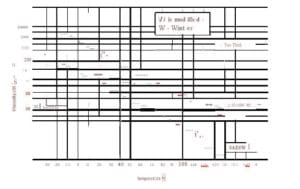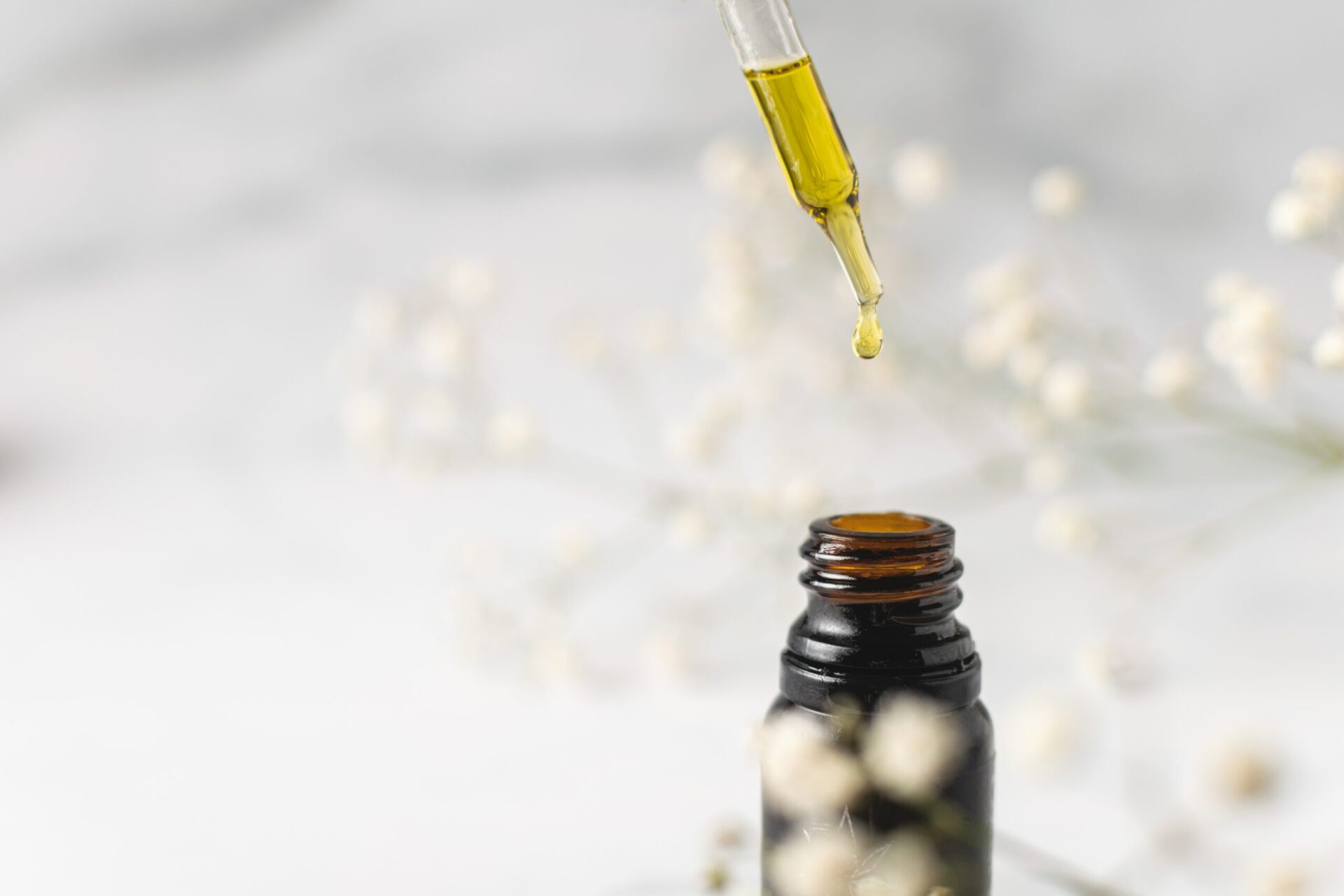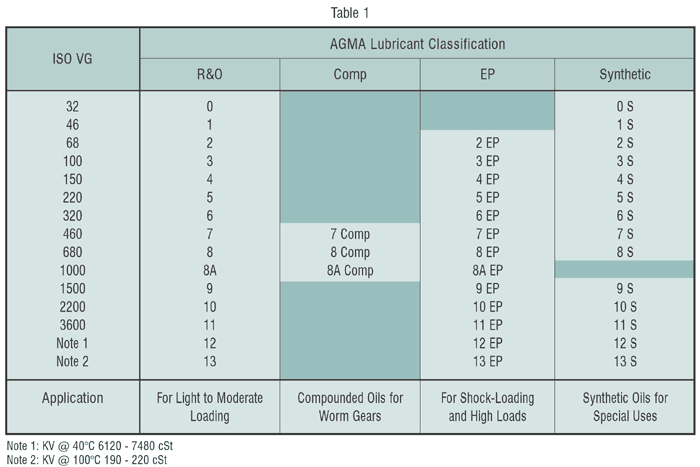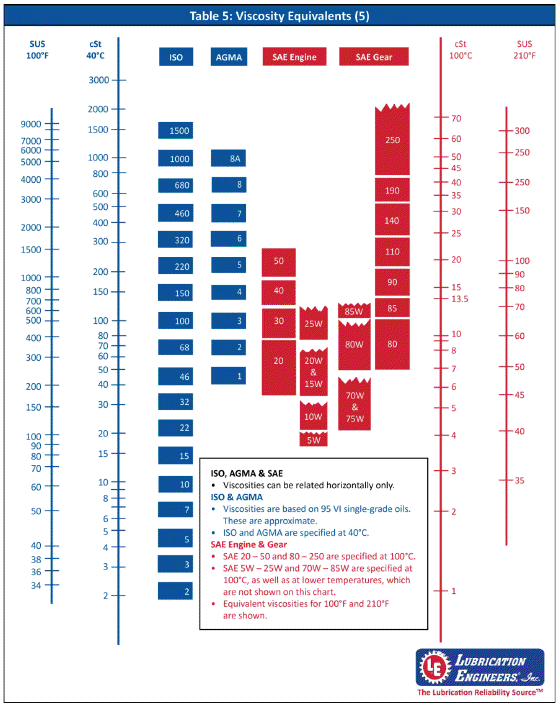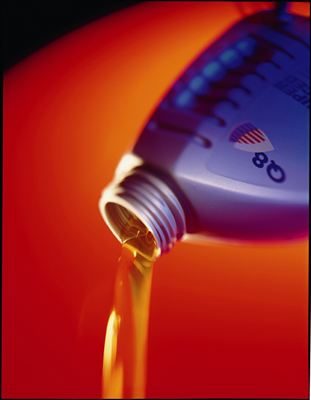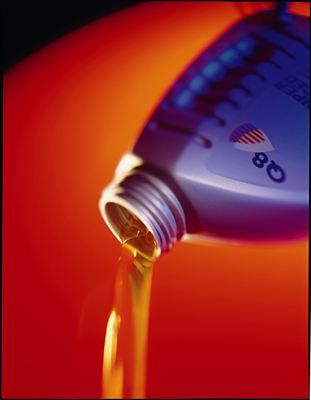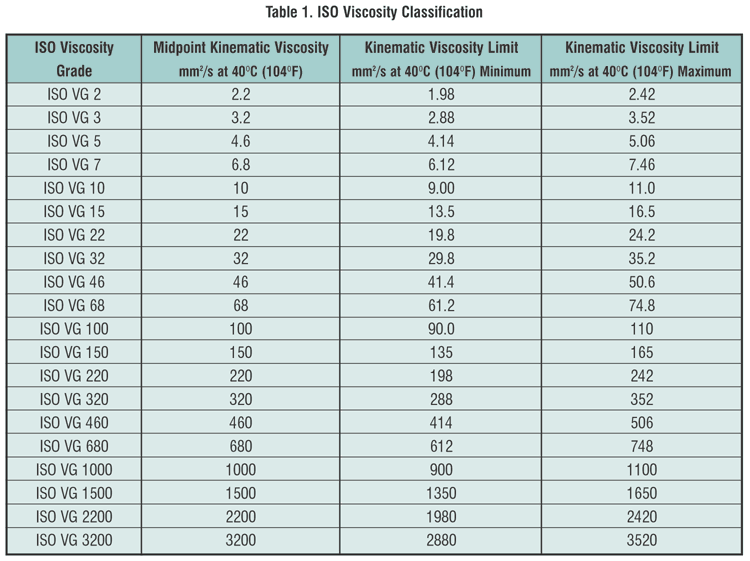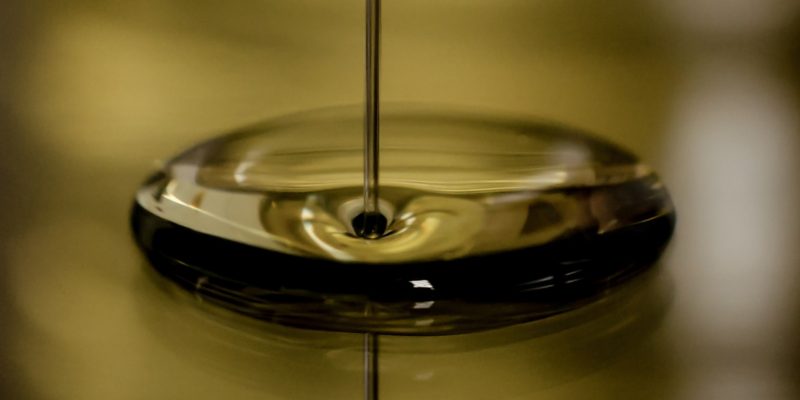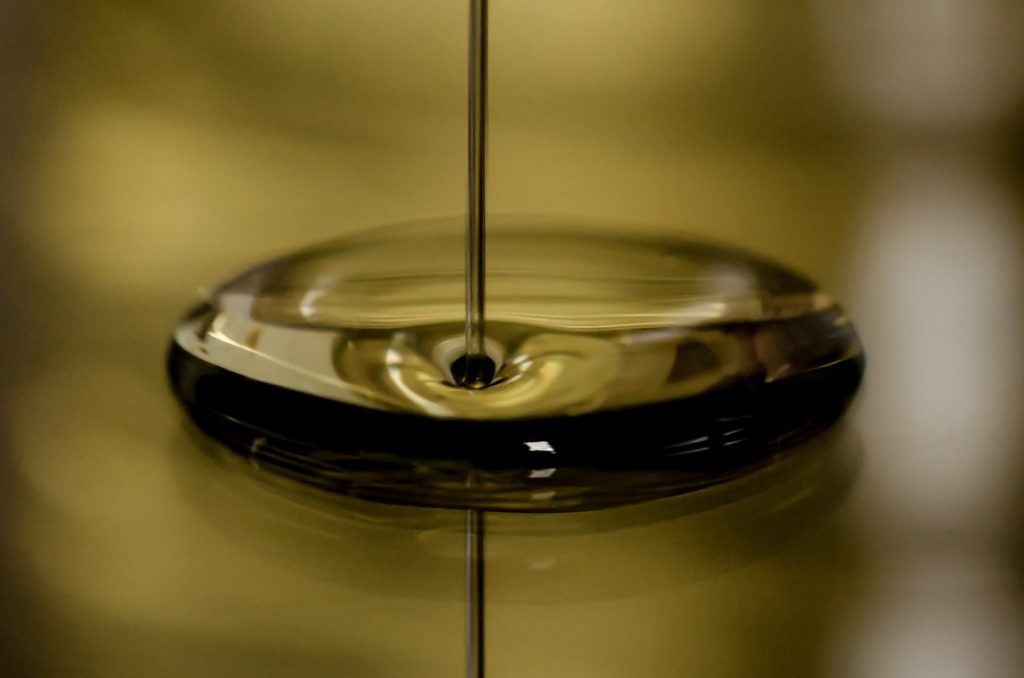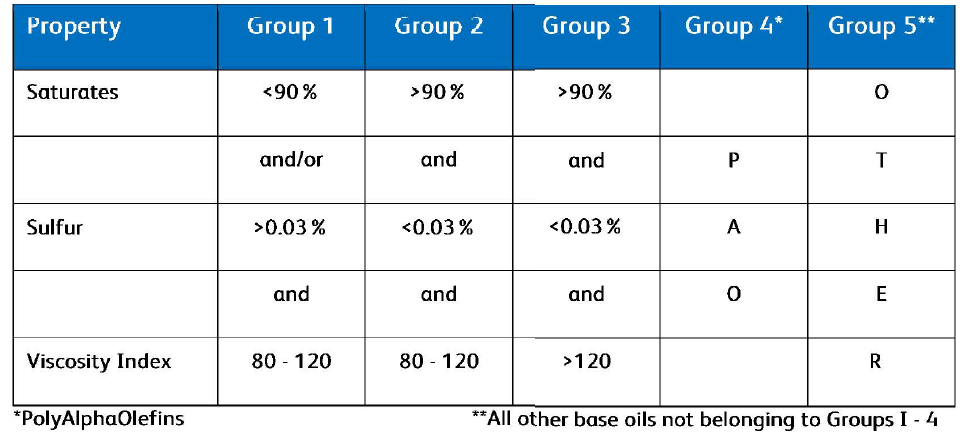Q8Oils’ state-of-the-art blending plant in Antwerp is one of the largest and most technically advanced lubricant production facilities in Europe. With a multi-million Euro investment just completed, the plant has a blending capacity which is scalable up to 250 million liters per annum.
With 24 base oil and 42 additive tanks respectively, the plant can efficiently produce the widest range of finished lubricant products of any blending plant in Europe. Furthermore the mega-blend vessel at Q8Oils’ Antwerp blending plant can manufacture batches up to 400,000 liters.
Q8Oils is a subsidiary of the Kuwait Petroleum Corporation (KPC), one of the world’s largest oil producers. Supported by KPC’s significant resources, Q8Oils is a leading global lubricants supplier. Q8Oils offers one of the most comprehensive ranges of lubricants in the industry, with a portfolio of more than 1,000 different products to suit every application from the smallest consumer to the largest machines.
Q8Oils product innovation and exceptional quality are achieved by combining the latest additive technologies with superior base oils. This is supported by O8Oils Antwerp plant’s stringent in-house quality control procedures and world-class technical development capabilities that are complemented by ISO 9001, ISO 14001 and RC 14001 certification.
To find out more about the plant go to our homepage, click on the NEWS tab and open Kuwait Petroleum’s Q8Oils opens its state-of-the-art Blending Plant in Antwerp.
The link below will take you on a visual tour of the plant…..
Q8 Blending Plant.mp4

